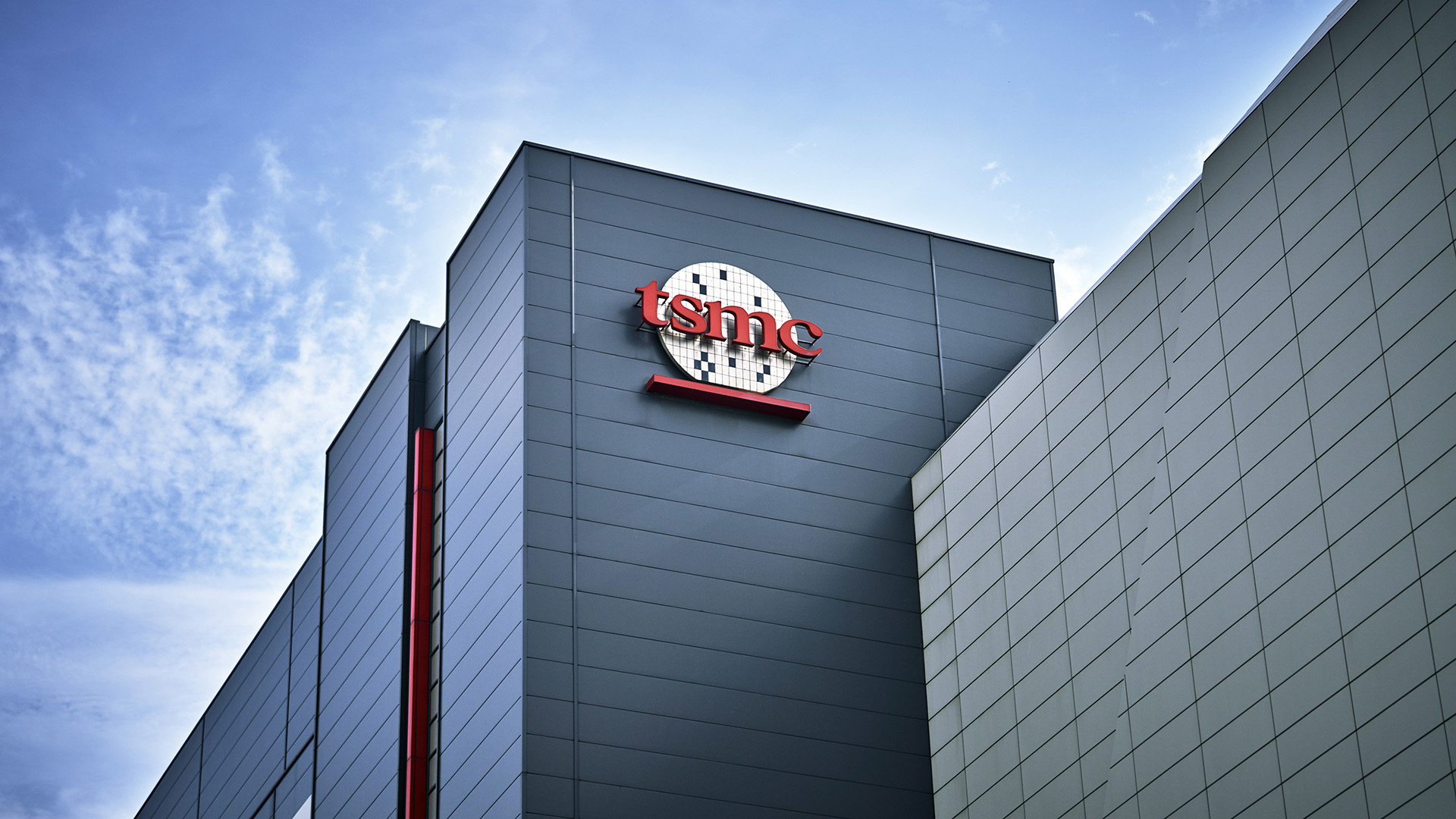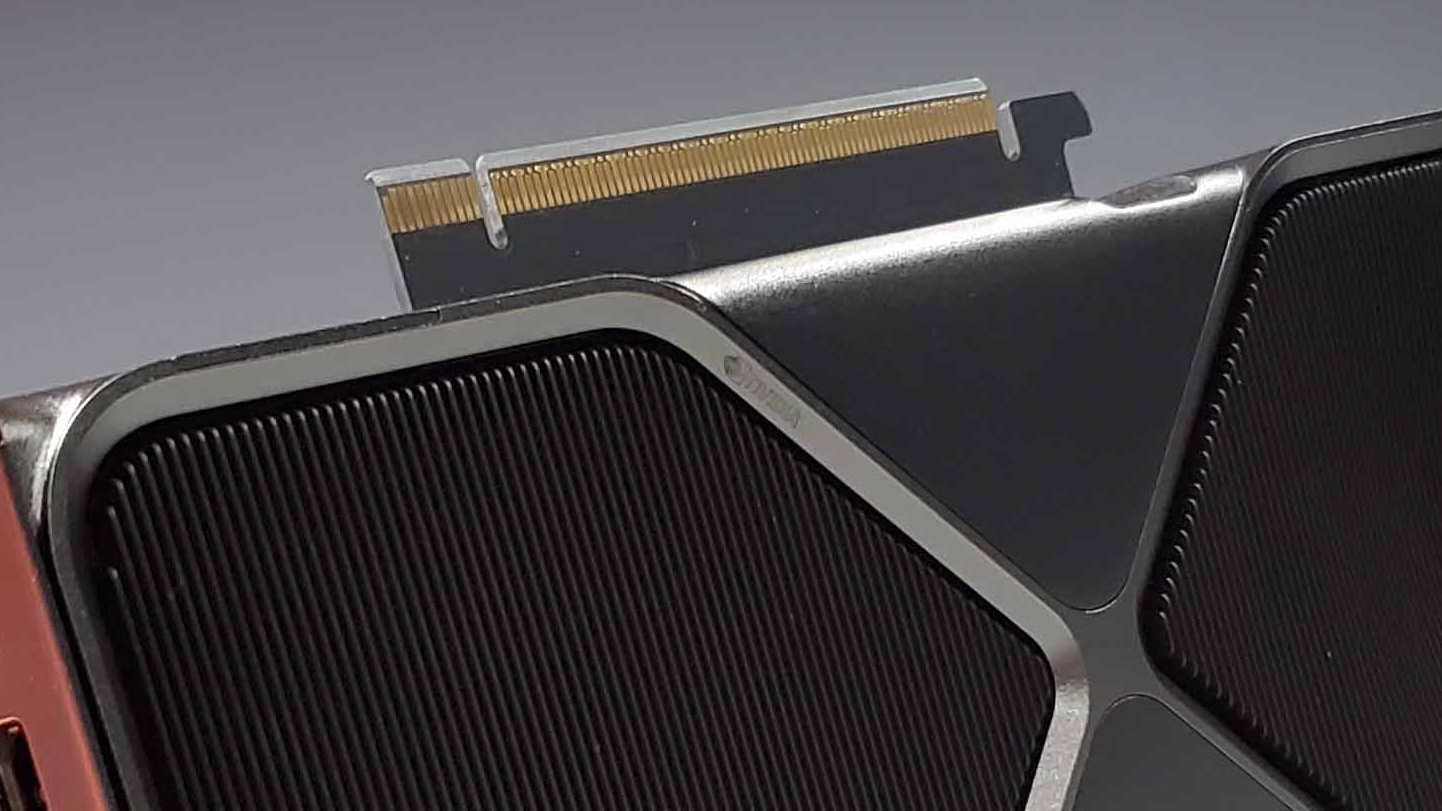We're still waiting for the first 2nm chips but TSMC is accelerating its plans for 1.4nm silicon manufacturing, starting in 2027
All sounds a bit scary if you're Intel.

We've yet to see any 2 nm chips make it into our PCs. Actually, there aren't many 3 nm chips yet, just Intel's Arrow Lake and Lunar Lake CPUs. But TSMC is marching on to the next jump in chip tech, and nominally 1.4 nm transistors, by accelerating its plans for new factories that will see the new silicon production node come online in 2027, with full mass production beginning in 2028.
According to Taiwanese outlet UDN (via TechPowerUp), TSMC has made a "major breakthrough in the advancement of its 1.4 nm process." In line with Intel and its 18A and possible future 14A nodes (the latter is now at threat of being cancelled if Intel can't find some customers), TSMC refers to its 1.4 nm process in terms of angstroms, branding the new node A14.
Anyway, the gist of the report is that TSMC has told suppliers and contractors to speed up their schedules in preparation for the completion of no fewer than four plants scheduled to crank out 1.4 nm or A14 chips.
UDN says TSMC plans to begin test manufacturing of A14 in 2027, with that mass production in 2028. For a decade or so, Apple has tended to be the first to jump onto a new TSMC node, so you'd probably expect an iPhone with an A14 chip to launch around September 2028.
Typically, you can add another year or so before the likes of AMD or Nvidia produce chips on a new TSMC node, though that can sometimes slip to several years. Currently, Nvidia and AMD are still producing chips on a derivative of TSMC's N5 or 5 nm node. That's despite the fact that the first iPhone SoC based on N5 was released nearly five years ago in September 2020.
Arguably, that's because new nodes start out with relatively poor yields, making the production of today's huge GPUs uneconomical early in a production node's lifetime. Apple's iPhone SoCs aren't tiny, but they are far, far smaller than a range-topping Nvidia GPU.
Even so, it's surprising to see how long Nvidia and AMD have stuck with N5. However, AMD has stated that its next-gen server CPU, codenamed Venice, will skip TSMC's N3 node and jump straight to N2. It's possible AMD or Nvidia could also skip a node with its next-gen GPUs, though as things stand all current rumours point to TSMC N3 silicon for both of their next-gen graphics architectures.
Keep up to date with the most important stories and the best deals, as picked by the PC Gamer team.
For now, not a huge amount is known about TSMC's A14 node. The subject of transistor density in chips is fraught with caveats and tricky comparisons. But TSMC has said A14 offers 1.2x overall transistor density compared with N2.
If that doesn't sound hugely impressive, TSMC's N3 node is claimed to have 1.6x logic density compared to N5 (and N4 in current GPUs is only very slightly denser than N5), but with a much smaller improvement for non-logic transistors like SRAM.
However, for N2 TSMC managed a better SRAM shrinkage along with a further 1.2x logic density improvement. If you combine the improvements from N5 to N3 and N3 to N2, you're looking at nearly twice the transistor density. In other words, for a given physical size of GPU, you'd be able to squeeze in double the shaders, texture units, AI cores, and so on.

TSMC's A14 takes that slightly further, so whenever A14 GPUs do finally appear, you can expect them to have well in excess double the functional units of today's graphics cards. Well, the silicon will allow for that. What AMD and Nvidia decide to do is another thing.
In recent generations, Nvidia on particular has been giving us physically smaller GPUs at each segment of the market. To take just one example, the TU106 GPU in the Nvidia RTX 2070 measured 445 mm2, the GA104 chip in the RTX 3070 was 392 mm2, the AD104 GPU in the RTX 4070 was 294 mm2 and the GB205 chip in the RTX 5070 is a puny 263 mm2. Nvidia's mainstream GPUs keep getting smaller.
Arguably, Nvidia has gotten away with that by masking modest raw GPU performance gains with DLSS-powered upscaling trickery. It's also true that TSMC manufacturing prices have been escalating rapidly with recent nodes, which may limit Nvidia's options. But all that is an argument for another day.
The overall good news here is that TSMC seems to be on track to make it possible for Nvidia and indeed AMD and even Intel to make yet more powerful graphics chips for years to come. What the industry will actually do with that capability, we'll have to wait and see.

1. Best overall: AMD Radeon RX 9070
2. Best value: AMD Radeon RX 9060 XT 16 GB
3. Best budget: Intel Arc B570
4. Best mid-range: Nvidia GeForce RTX 5070 Ti
5. Best high-end: Nvidia GeForce RTX 5090

Jeremy has been writing about technology and PCs since the 90nm Netburst era (Google it!) and enjoys nothing more than a serious dissertation on the finer points of monitor input lag and overshoot followed by a forensic examination of advanced lithography. Or maybe he just likes machines that go “ping!” He also has a thing for tennis and cars.
You must confirm your public display name before commenting
Please logout and then login again, you will then be prompted to enter your display name.

